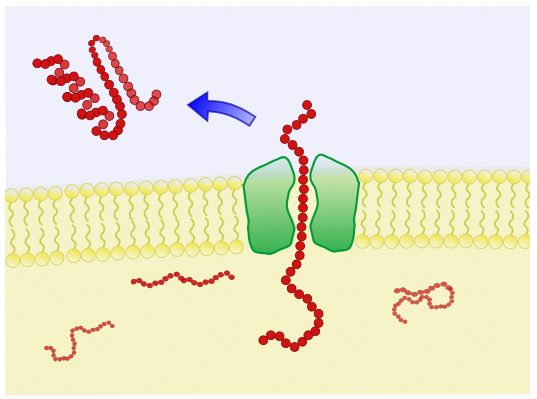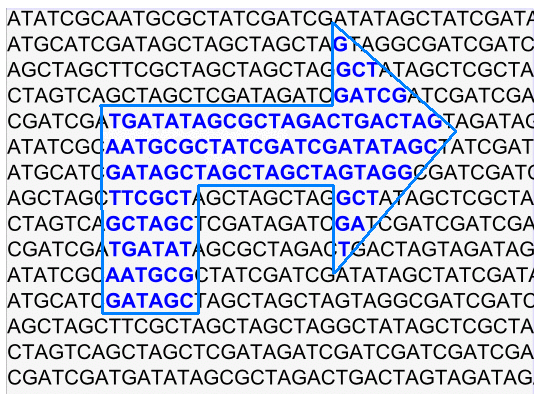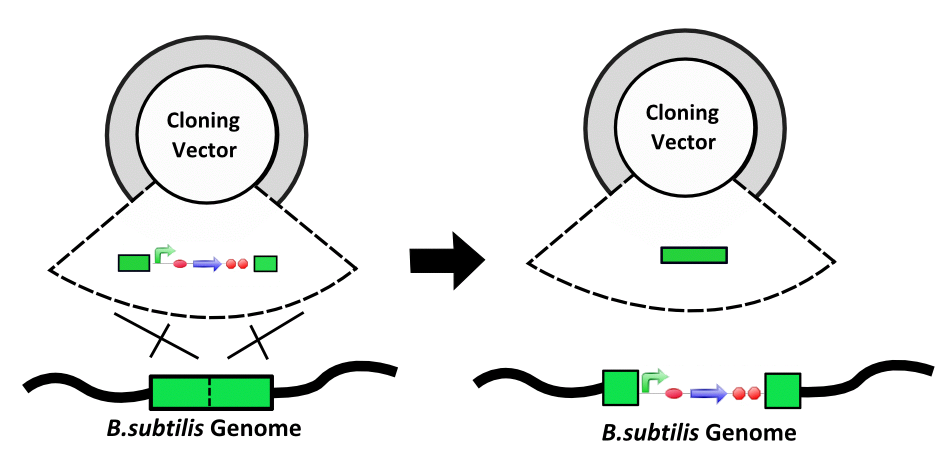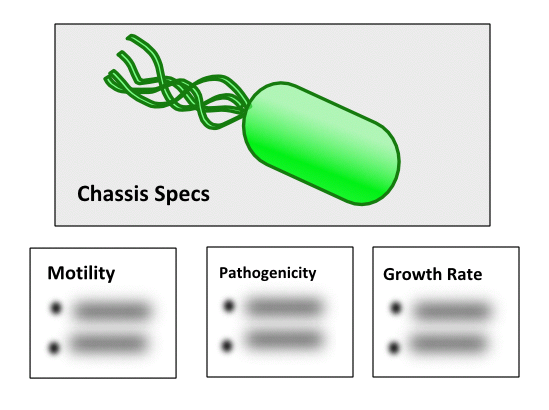Difference between revisions of "Chassis/B.subtilis Strains"
m |
|||
| Line 17: | Line 17: | ||
| − | ''Bacillus subtilis'' is a commonly used laboratory bacterium. It is often considered the gram-positive ''E.coli'' | + | ''Bacillus subtilis'' is a commonly used laboratory bacterium. It is often considered the gram-positive ''E.coli'' because of the amount of use it has received and the amount of knowledge there is about the organism. |
| − | Its genome has been sequenced (as has the genome of at least one strain - 168) and it has been used at iGEM since 2007. It is gradually coming in to favour - particularly in the UK - as a | + | Its genome has been sequenced (as has the genome of at least one strain - 168) and it has been used at iGEM since 2007. It is gradually coming in to favour - particularly in the UK - as a potential host for many synthetic systems and devices, often due to the characteristics that make it different to ''E.coli''. |
| Line 78: | Line 78: | ||
168 tends to be the traditional gram-positive lab worhhorse. | 168 tends to be the traditional gram-positive lab worhhorse. | ||
| − | It was used by the Imperial 2008 iGEM team in the project Biofabricator ''subtilis'' and proved to be a useful and reliable chassis, being easy to transform, highly motile and generally easy to work with. | + | It was used by the Imperial 2008 iGEM team in the project Biofabricator ''subtilis'' and proved to be a useful and reliable chassis, being easy to transform, highly motile and generally easy to work with. It was also used by the Cambridge, Edinburgh and Newcastle teams in the same year for a range of applications. |
This chassis currently provides the basis for the ''B. subtilis'' chassis characterisation data | This chassis currently provides the basis for the ''B. subtilis'' chassis characterisation data | ||
Revision as of 15:34, 12 February 2009
Bacillus subtilis
| B.subtilis strains | B. subtilis chassis characterisation | B. subtilis specific parts | Key Parts and Devices |
Introduction
Bacillus subtilis is a commonly used laboratory bacterium. It is often considered the gram-positive E.coli because of the amount of use it has received and the amount of knowledge there is about the organism.
Its genome has been sequenced (as has the genome of at least one strain - 168) and it has been used at iGEM since 2007. It is gradually coming in to favour - particularly in the UK - as a potential host for many synthetic systems and devices, often due to the characteristics that make it different to E.coli.
The lack of parts for B. subtilis on the registry have reduced the common use of B. subtilis as a chassis, but with the increased use of B. subtilis, particularly by iGEM teams, it may be soon become a third major host for the registry.
Benefits vs Challenges
Commonly used strains
168
Bacillus subtilis strain 168 is one of the most commonly used in the laboratory and its specific genome has been sequenced.
168 tends to be the traditional gram-positive lab worhhorse.
It was used by the Imperial 2008 iGEM team in the project Biofabricator subtilis and proved to be a useful and reliable chassis, being easy to transform, highly motile and generally easy to work with. It was also used by the Cambridge, Edinburgh and Newcastle teams in the same year for a range of applications.
This chassis currently provides the basis for the B. subtilis chassis characterisation data
Py79
Like 168, Py79 is also a lab strain of bacillus subtilis.
It is commonly used in research and also is a general workhorse strain.





